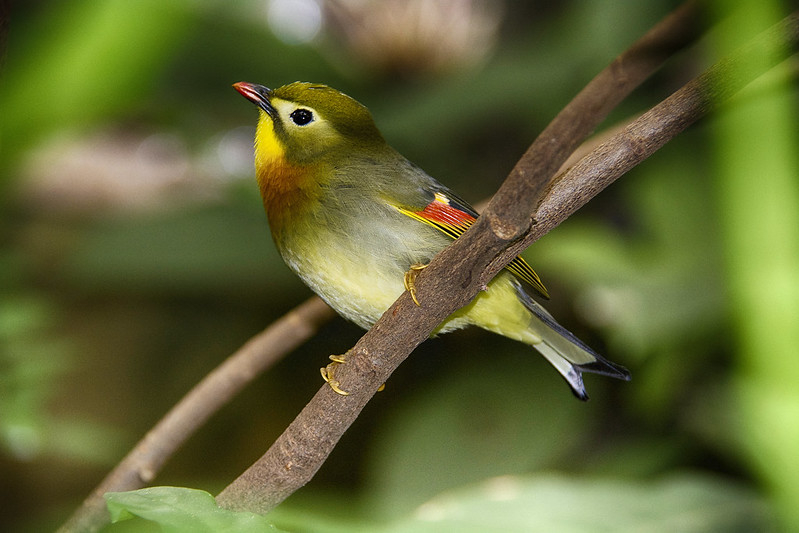
Today was my last Common Bird Monitoring round for this spring in Eau Blanche river valley -Belgium. A valley covered with meadows, farms here producing beef/milk. I'm monitoring there since 1990! This led me to some reflections about #biodiversity & #meat 👇
#ornithology 1/9
#ornithology 1/9

If all farmland in BE were like this valley, we would not contemplate this kind of depressing #FarmlandBirdIndex graph. It shows the average trend of 15 species of bird specialized in farmland in Wallonia (source: @AvesBE & #DEMNA) 2/9 

In Eau Blanche valley, Tree Sparrow, Meadow Pipit, Turtle Dove are also declining, but at least some of them are still present. Stonechat, scarce in 1990, are now abundant. Today, I saw Black & Red Kites, Black & White Storks all 4 in the same field ! Unthinkable 30 yrs ago. 3/9
But perhaps the most spectacular change is for Red-Backed Shrike. In this 1000 ha valley, RBS population increased from a few pairs in 1990 to 95 in 2019. And it looks even better this year... 4/9 📷R. Dumoulin 



The secret? clay soils here are very limiting for crop, so cattle raising was always favoured. Pasture / hay meadow, often bordered with hedgerows. Intensification mostly consists in early / intensive mowing. Low income farming also makes agri-environment schemes + attractive 5/9
Part of the valley (>100 ha) is now nature reserve from @natagora, with the support of @LIFEprogramme. But these high biological value meadows are still managed by farmers, under convention. And the rest of the valley is still under farming. 6/9 

Meat consumption / cattle rearing are often opposed to #biodiversity conservation. Traditional/extensive cow rearing is supporting a rich ecosystem. This type of farming is still quite present in the S of Belgium (permanent meadow cover 40% of all farmland in Wallonia) 7/9
But I hear some of you saying: "OK, but how do you prevent farmers to import Soja from Brazil to feed their cows?". By a clever Agri-environment Scheme focusing on farm food autonomy and low cattle density. It concerns 25% of the valley meadows. 8/9 natagriwal.be/fr/mesures-agr…
So in this valley, bird and biodiversity future are linked to future of farming... and ultimately to our choice in food consumptions.
Interesting scenario for future of farming in Wallonia are developed there: scenagri.be/scenarios-pour… #Farm2Fork 9/9
Interesting scenario for future of farming in Wallonia are developed there: scenagri.be/scenarios-pour… #Farm2Fork 9/9
@threadreaderapp unroll please
• • •
Missing some Tweet in this thread? You can try to
force a refresh














